For many, the creamy swirl of milk into a rich espresso shot is the hallmark of a perfect latte. But what if dairy isn’t your friend? Enter the world of non-dairy creamers, a universe of plant-based possibilities transforming the latte landscape. From almond to oat, soy to coconut, the options are diverse and delicious, offering a creamy, flavorful experience without the lactose. This guide dives deep into the world of non-dairy creamers, exploring everything from their origins and composition to the latest innovations and how to achieve latte perfection at home.
A Brief History of Non-Dairy Creamers
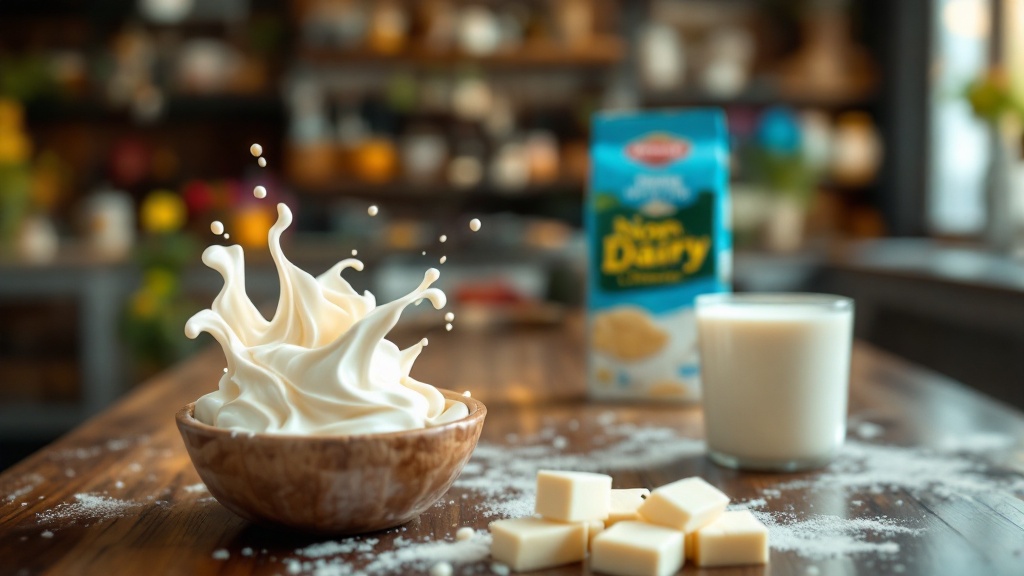
Non-dairy creamers weren’t always the sophisticated plant-based marvels we know today. Initially developed in the 1950s as a shelf-stable alternative to dairy cream, early versions often relied on corn syrup solids and hydrogenated oils. These creamers offered convenience but lacked the nutritional profile and flavor complexity of their modern counterparts. The real shift came with the growing awareness of lactose intolerance and the rise of veganism in the 2000s. This surge in demand fueled innovation, leading to the development of plant-based creamers that prioritized taste, texture, and health.
Today, the non-dairy creamer market is booming. According to Grand View Research, the global market was valued at $2.5 billion in 2020 and is projected to grow at a CAGR of 8.7% from 2021 to 2028. This impressive growth speaks volumes about the increasing popularity and acceptance of plant-based alternatives in everyday coffee rituals.
Hydrogenation in Early Creamers
Early non-dairy creamers, produced primarily from the mid-20th century until the late 1990s, relied heavily on hydrogenation to achieve desired textural properties. This process involved the catalytic addition of hydrogen to unsaturated fatty acids, primarily found in vegetable oils like soybean, coconut, and palm oil. The saturation of these double bonds transformed liquid oils into solid or semi-solid fats, resulting in the creamy consistency sought after in coffee creamers. Different hydrogenation techniques, such as partial hydrogenation, were employed to control the degree of saturation and consequently, the melting point and texture of the final product. This was crucial for achieving stability at room temperature and preventing separation of oil and water phases. For example, selective hydrogenation might be utilized to reduce the trans-fat content, a significant concern discovered later in the process’s lifespan.
- Early hydrogenation methods often resulted in high levels of trans fats, linked to negative health consequences.
- Coconut oil, with its high saturated fat content, was a popular choice due to its natural solid form at room temperature, requiring less hydrogenation.
- The development of interesterification techniques offered an alternative method for modifying the physical properties of fats, reducing reliance on hydrogenation.
- Partial hydrogenation allowed manufacturers to control the plasticity and melting point of the creamer, influencing its mouthfeel and spreadability.
- The precise control of hydrogenation was essential for preventing product separation and maintaining a stable emulsion.
| Key Aspect | Early Creamers | Modern Creamers | Market Growth |
|---|---|---|---|
| Ingredients | Corn syrup solids, hydrogenated oils | Plant-based, health-focused | N/A |
| Health Impact | High trans fats, negative health effects | Reduced trans fats, healthier alternatives | N/A |
| Market Value | N/A | N/A | $2.5 billion (2020), 8.7% CAGR (2021-2028) |
The Rise of Plant-Based Powerhouses
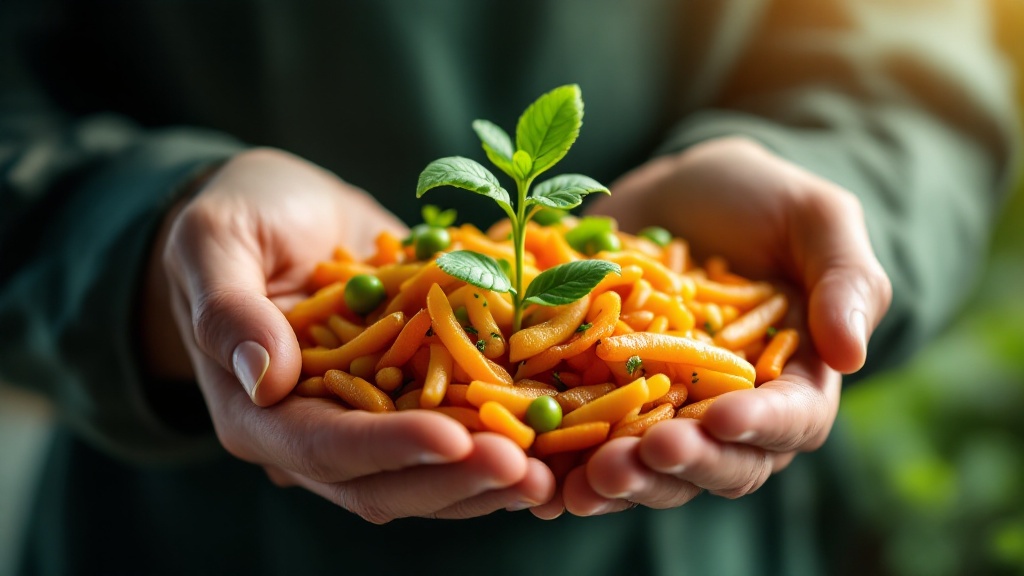
The non-dairy creamer aisle is now a vibrant hub of plant-based innovation. Leading brands like Califia Farms, Oatly, and Silk offer a wide array of options, catering to diverse tastes and dietary needs. Oat milk, in particular, has taken the coffee world by storm, lauded for its naturally creamy texture and sustainability. Barista blends, specifically formulated for frothing and steaming, have elevated the home latte experience, allowing anyone to create cafe-quality drinks in their own kitchen.
Beyond the staples, flavor innovation is a key driver in the non-dairy creamer market. Seasonal favorites like pumpkin spice and classic indulgences like caramel macchiato cater to those seeking a little extra something in their cup. On top of that, health-conscious consumers are driving the demand for low-sugar, high-protein, and organic options, pushing manufacturers to prioritize both taste and well-being.
Oat Milk Microstructure & Frothing
The success of oat milk in the barista market hinges critically on its unique microstructure, which allows for exceptional frothing capabilities. Unlike soy or almond milk, oat milk’s protein structure, composed primarily of globulins and albumins, exhibits a different behavior when subjected to shear stress from steaming and frothing. These proteins, possessing a relatively high molecular weight and hydrophobic interactions, readily unfold and aggregate upon heating, creating a stable foam structure. This differs significantly from other plant-based milks whose lower protein content or different protein structures may result in instability or collapse of the foam.
- Beta-glucans, a type of fiber in oat milk, contribute to foam stability by increasing viscosity.
- The size and distribution of fat globules in oat milk influence its texture and frothing properties.
- Different oat milk brands vary in protein content and thus frothing ability; check the protein percentage on the label.
- Over-frothing can break down the foam structure, leading to a less desirable texture.
- The temperature of the milk during frothing significantly impacts foam stability.
Decoding the Ingredients
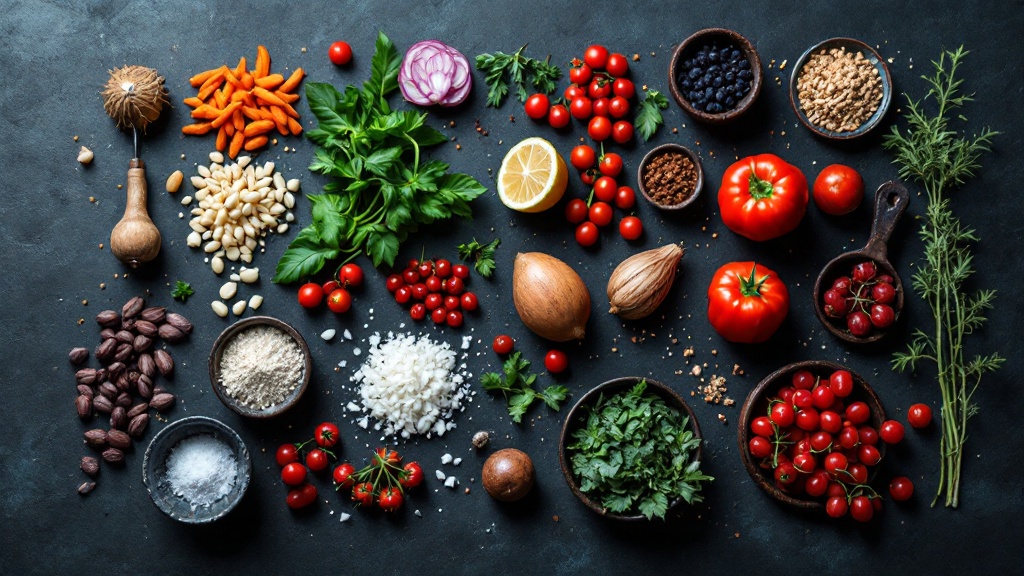
Understanding the composition of non-dairy creamers can help you make informed choices. A typical creamer consists of a plant-based milk derived from ingredients like almonds, oats, soy or coconut which contributes 10-15% of the final product by weight, a small amount of fats from oils like coconut or sunflower oil (3-5%), sweeteners like cane sugar or stevia (2-4%) and stabilizers, such as gellan gum or carrageenan at 0.1 – 0.5%. These stabilizers are added to mimic the mouthfeel of traditional milk or dairy cream and improve shelf stability.
Nutritionally, a 15ml serving of oat-based creamer typically contains 20-30 calories, 1-2g of fat, 1-3g of sugar, and 0.5-1g of protein. Always check the specific nutritional information on the product label, as values can vary depending on brand and ingredients. Remember to store opened creamers in the refrigerator and consume them within 7-10 days.
Stabilizer Functionality in Creamers
The rheological properties of non-dairy creamers are significantly influenced by the type and concentration of hydrocolloid stabilizers employed. These stabilizers, often comprising gellan gum, carrageenan, or xanthan gum, play a crucial role in achieving the desired creamy texture and preventing phase separation. Gellan gum, for instance, forms a three-dimensional network structure in solution, contributing to viscosity and mouthfeel. Its high-acyl and low-acyl forms exhibit different gelling behaviors, with high-acyl gellan requiring calcium ions for gel formation, offering manufacturers control over the final product’s texture. The concentration of these hydrocolloids is typically optimized through rheological testing, using instruments like rotational rheometers to measure viscosity and viscoelastic properties as a function of shear rate and frequency. This process ensures the creamer maintains its consistency under various conditions, from storage to dispensing.
- Stabilizer selection impacts cost: Gellan gum, while effective, can be more expensive than xanthan gum, influencing the creamer’s overall price point.
- Synergistic effects exist: Blending different hydrocolloids (e.g., gellan and xanthan gum) can create superior stability and texture compared to using a single stabilizer.
- Temperature sensitivity varies: The stability of the creamer can be affected by temperature fluctuations during processing, storage, and even dispensing; some stabilizers are more temperature-sensitive than others.
- Regulatory considerations: The use of specific hydrocolloids is subject to food regulations and labeling requirements, which vary by region.
- Particle size influences performance: The particle size of the stabilizer powder can impact its rate of hydration and overall effectiveness in the final product.
Latte Art at Home: Tips and Tricks

Creating the perfect latte with non-dairy creamer involves a few key steps. First, select a barista blend specifically designed for frothing. These formulations typically have a higher fat content, which contributes to a richer, more stable foam. Chill your creamer thoroughly before frothing, as colder liquids produce better results. Use a handheld frother or an espresso machine with a steam wand to create microfoam – tiny, air-filled bubbles that give lattes their velvety texture.
When pouring, start by adding a small amount of frothed milk to the espresso, allowing it to incorporate before layering the remaining foam on top. With practice, you can even try your hand at latte art, adding a touch of visual flair to your homemade creations.
Microfoam Texture Control
Achieving optimal microfoam texture is paramount for successful latte art and overall drink quality. The ideal microfoam exhibits a consistently fine, velvety texture with minimal large bubbles. This is achieved through careful control of several factors during the frothing process. The key lies in incorporating air efficiently while minimizing the creation of large bubbles. This requires a controlled, swirling motion when using a handheld frother or a skilled manipulation of the steam wand in an espresso machine. Insufficient aeration results in a flat, untextured milk, while excessive aeration creates a large-bubbled, unstable foam that separates quickly. The optimal temperature for frothing is crucial; too hot, and the milk will scorch and develop off-flavors, while too cold will result in inefficient aeration and a weak foam.
- Milk type significantly impacts texture; whole milk generally produces the best microfoam due to its higher fat content.
- The “stretching” phase of frothing incorporates air; avoid over-stretching to prevent large bubbles.
- Proper steaming wand technique involves creating a whirlpool effect to integrate air evenly throughout the milk.
- Target a milk temperature of around 140-160°F (60-71°C) for optimal microfoam stability and flavor.
- Regular cleaning of the steam wand prevents milk residue buildup which can impact microfoam quality.
- Practice is key; consistent results come with experience in controlling the frothing process.
The Future of Non-Dairy Creamers
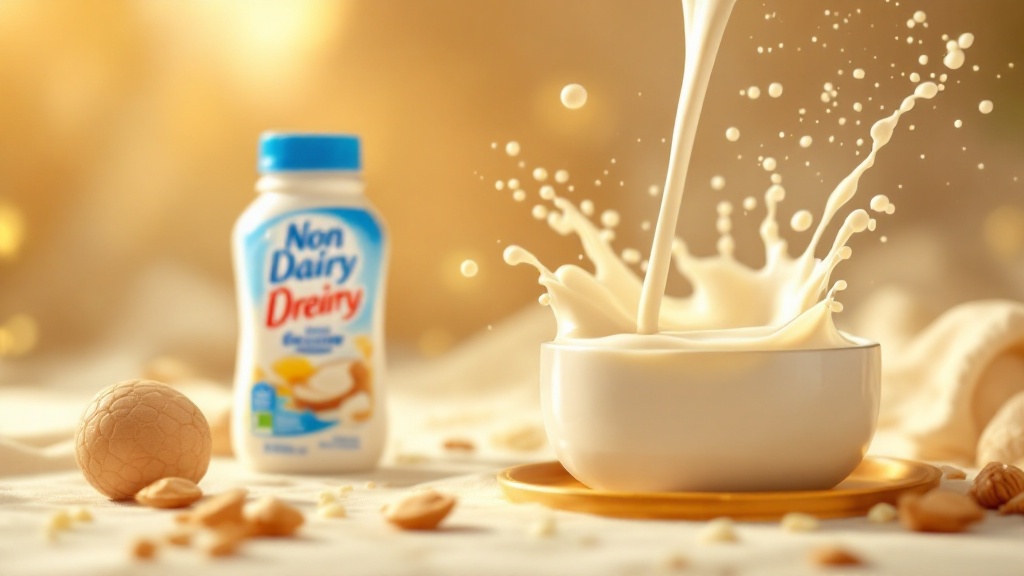
The non-dairy creamer market is constantly evolving, with new innovations appearing regularly. Pea protein creamers are gaining traction, offering a higher protein content than other plant-based alternatives. Zero-sugar options are catering to keto and diabetic consumers, while functional creamers infused with adaptogens, probiotics, or vitamins are appealing to health-conscious individuals. Sustainability is also a growing focus, with brands shifting to recyclable or compostable packaging.
As consumer demand for healthier, more sustainable options continues to grow, we can expect to see even more exciting developments in the non-dairy creamer space, further enhancing our coffee experience and offering endless possibilities for latte customization.
Pea Protein Creamer Emulsification
The successful creation of stable, palatable pea protein-based creamers hinges critically on effective emulsification. This process involves reducing the interfacial tension between the aqueous and oily phases, preventing creaming and ensuring a homogeneous, creamy texture. Achieving optimal emulsification requires careful consideration of several factors, including protein concentration, type and concentration of emulsifiers, and processing parameters. The selection of pea protein isolate (PPI) with a high surface hydrophobicity and appropriate molecular weight distribution is paramount. PPIs with higher molecular weights generally exhibit better emulsifying properties, though excessive molecular weight can lead to increased viscosity and a less desirable mouthfeel.
- High-shear homogenization is crucial to reduce droplet size and enhance emulsion stability.
- Lecithin and other emulsifiers are often added to complement pea protein’s emulsifying capabilities.
- The pH of the formulation significantly impacts pea protein’s emulsifying properties; optimal pH is typically near neutral (6.5-7.0).
- Temperature control during processing is important to avoid denaturation and aggregation of pea protein.
- Proper selection of oil phase (type and quantity) influences emulsion stability and sensory attributes.
Conclusion: Embrace the Creamy Revolution
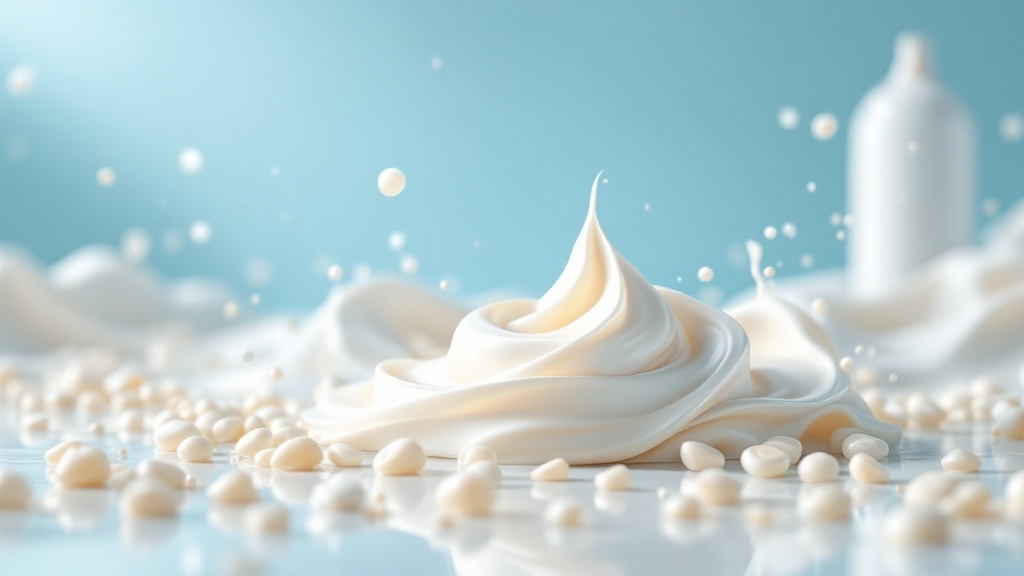
Non-dairy creamers have come a long way, transforming from simple shelf-stable substitutes to sophisticated, flavorful enhancements for our beloved lattes. With a diverse range of options available, there’s a perfect non-dairy creamer for every taste and dietary need. Whether you’re lactose intolerant, vegan, or simply seeking a delicious plant-based alternative, embrace the creamy revolution and elevate your latte experience to new heights. So go ahead, experiment with different flavors, perfect your frothing technique, and enjoy the delicious world of non-dairy lattes!
Non-Dairy Creamer Microstructure
The textural properties of non-dairy creamers are heavily influenced by their microstructure, a critical factor determining their ability to froth and create a desirable latte experience. Many plant-based creamers utilize a combination of oils (e.g., coconut oil, sunflower oil), emulsifiers (e.g., lecithin, polysorbate 80), and stabilizers (e.g., gellan gum, carrageenan) to achieve the desired creamy consistency. The precise ratios and selection of these ingredients significantly impact the size and distribution of fat globules within the creamer, directly affecting its viscosity and ability to form a stable emulsion. Smaller, more uniformly distributed fat globules generally lead to smoother, creamier textures with improved frothing capabilities.
- Fat globule size directly impacts mouthfeel; smaller globules create a smoother texture.
- Emulsifiers like lecithin prevent oil separation, maintaining a homogenous mixture.
- Stabilizers such as gellan gum enhance viscosity and emulsion stability, preventing settling.
- High-pressure homogenization is often used to reduce fat globule size and improve creamer consistency.
- The type of oil used influences the melting point and overall mouthfeel of the creamer (e.g., coconut oil vs. sunflower oil).
| Key Aspect | Fat Globule Size | Emulsifiers | Stabilizers |
|---|---|---|---|
| Impact on Texture | Smaller globules = smoother texture | Prevent oil separation | Enhance viscosity and stability |
| Common Ingredients | Coconut oil, sunflower oil | Lecithin, polysorbate 80 | Gellan gum, carrageenan |
| Processing Technique | High-pressure homogenization | Maintains homogenous mixture | Prevents settling |

